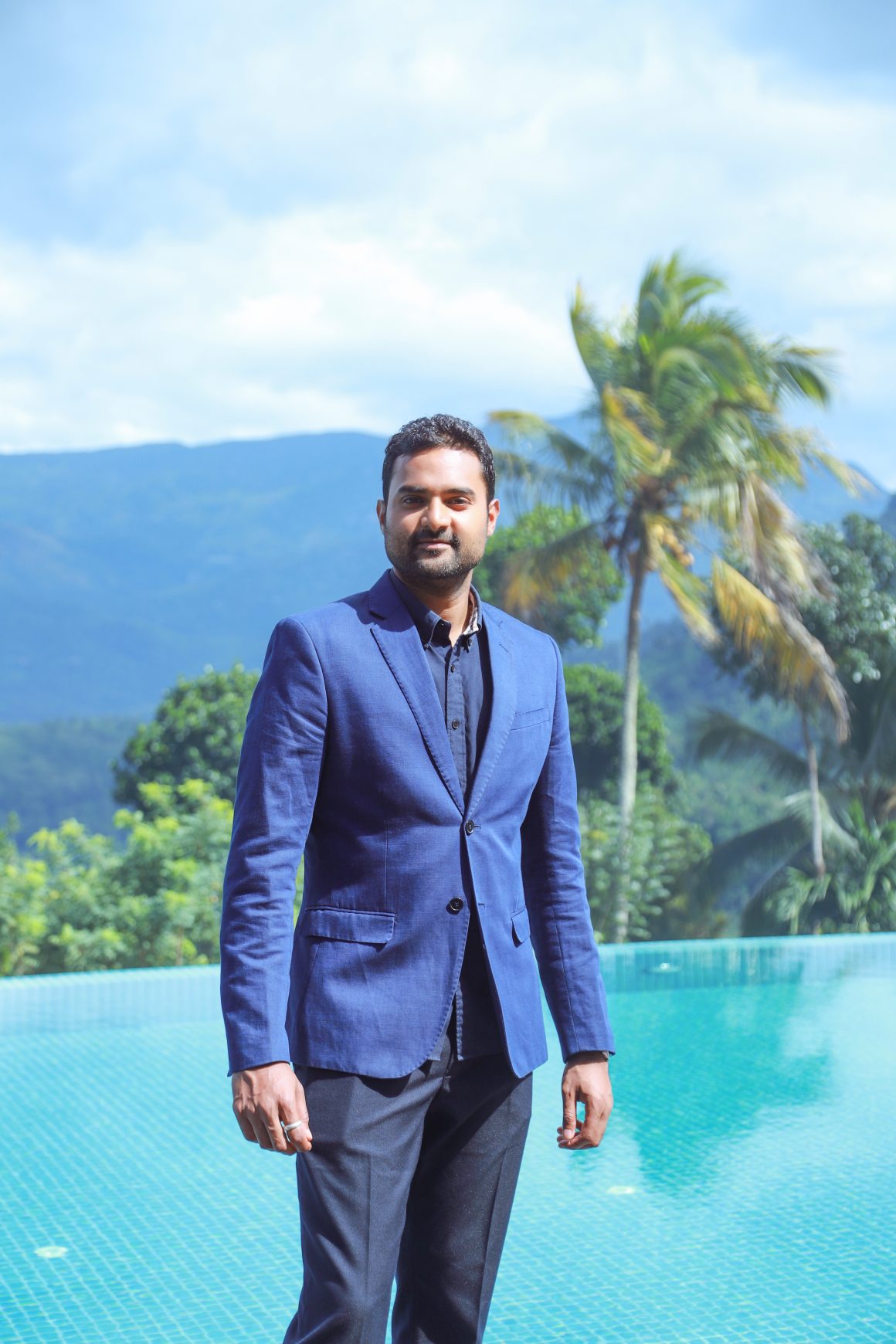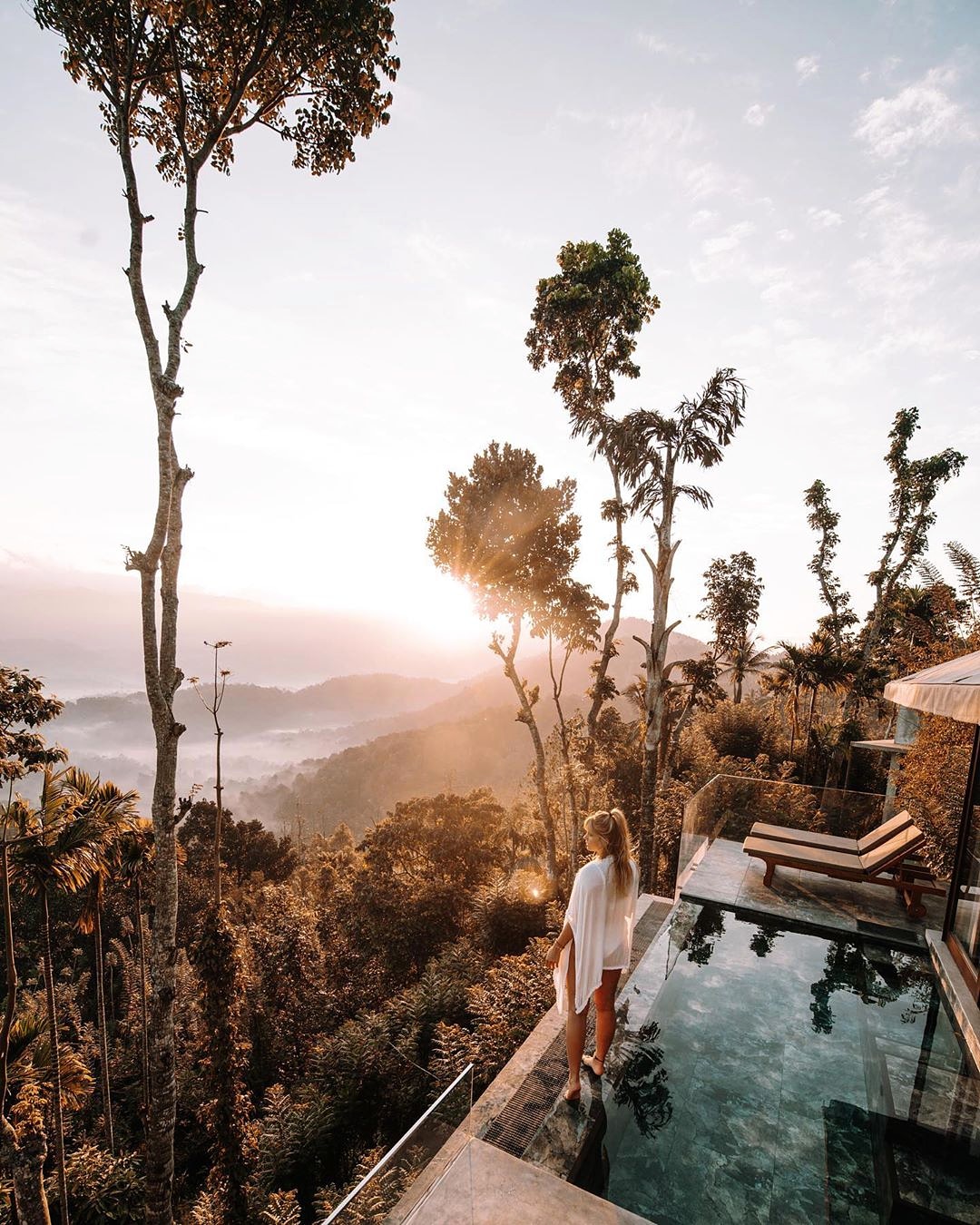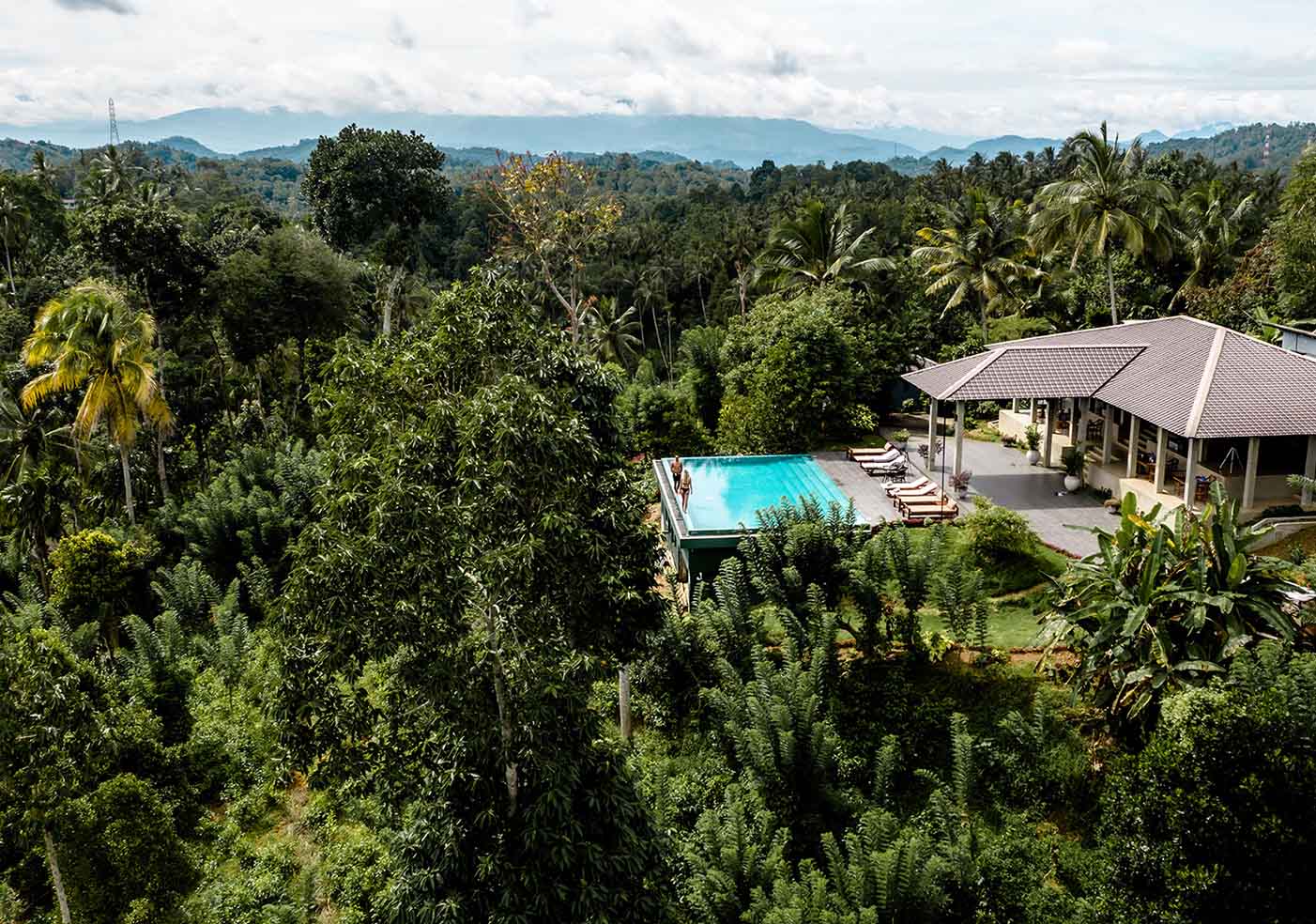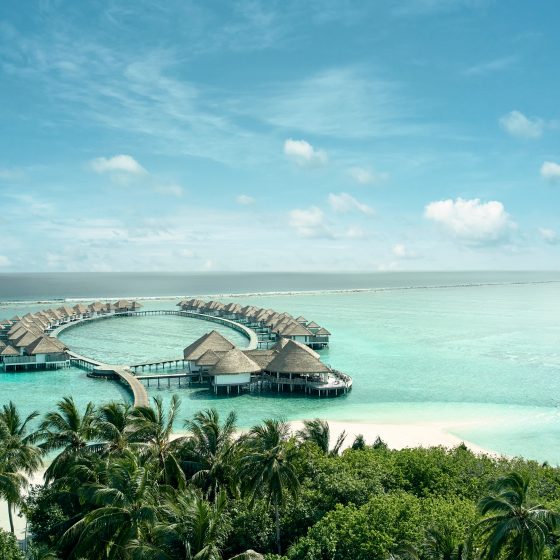What makes Aarunya so special?
Aarunya has a special energy that one immediately feels. It comes from the land including the earth, flora and fauna, as well as our people, and the location atop a mountain ridge covered in greenery, with spectacular views. When coupled with the warmth of Sri Lankan hospitality and the highest standards of luxury and quality with influences drawing on thousands of years of rich culture, religion, architecture and trade, we really have something special and unique to Aarunya alone.

What inspired the property’s architecture?
Architectural and landscape design inspiration is drawn from the natural beauty of the surrounding environment which prompted a minimalist approach; respecting and amplifying a sense of connection with nature, such as open pavilion like structures, referencing the architectural heritage of the traditional Kandyan Ambalamas, meaning ‘rest pavilion providing shelter for travelers’ in the local Sinhala language.
A Tea Planter’s Bungalow overlooking 3000 acres of tea estates during the British Colonial era, once stood at the location of the Central Bungalow. I retained the stepping levels of the Tea Planter’s Bungalow, and the minimalist Central Bungalow pavilion has no glass walls, enhancing one’s connection with the sound of nature and changing atmospheres.
From the Central Bungalow, winding paths follow the mountain topography through the spice, tea, vegetable and fruit gardens that have gradually replaced most of the tea estates, leading to other resort amenities and structures such as the villas, gym and yoga pavilion. These structures are positioned organically, responding to the micro-climates, views, and natural site conditions while some are designed with traditional vernacular building methods such as Aahaara, our Sri Lankan specialty dining restaurant. Thus, a subtle duality is formed between the formal Colonial and the informal Sri Lankan through landscape and architecture, with a contemporary approach respecting time and place.

Where do you see Sri Lanka’s tourism heading in the next 10 years?
The 13th-century Venetian traveller Marco Polo described Sri Lanka, then known as Ceylon, as being “for its size, better circumstanced than any island in the world”.
We are blessed with an island of plentiful natural, cultural, and religious assets that need to be managed and developed with sustainable, sensitive approaches, whilst also improving tourist infrastructure, in order to have positive, higher value outcomes. If this happens then I see Sri Lanka attracting many responsible, higher spending tourists that value these unique offerings, and a positive reinforcement cycle will develop in the mindsets of the locals, so it becomes both a ground up and top down approach. Through my experience with developing and operating Aarunya, I am confident that this sort of development is possible in a short time, and that Sri Lanka can be a leading high-value sustainable tourism destination for those seeking diverse nature/wildlife and cultural experiences.
Every tourist and traveler I have met in Sri Lanka falls in love with the country. If the sort of grass roots development I have described happens in the tourism sector, and the country is stable, I can see many tourists settling in the country and investing together with the locals, leading to further wider economic and human development benefits.
If Aarunya was a storybook, what kind of story would it be telling?
Aarunya is a story of those who love the country, nature, and Sri Lankan hospitality coming together, and passing that love to all travelers that visit the place through all the beautiful experiences that come from that sort of collaboration. It is a beautiful example for the development of the island. Aarunya, means ‘first rays of the sun’ in the ancient language of Sanskrit, and that perfectly encapsulates the Aarunya story.

Describe Kandy in one word
Delicious.
How does team Aarunya give back to the environment and the community?
Aarunya was founded on the principles of sustainable development, including hiring and sourcing locally, whether it be for developing and maintaining our structures, recruiting resort staff, or food suppliers. A majority of our staff are from Kandy, and most of the gardeners and contract staff are from the local Village. We regularly support the local temple and villagers through sponsoring cultural events and activities, as well as providing meals to the children at Sunday School. We have implemented rigorous waste sorting, recycling and composting processes, as well as a no plastic policy. Organic fruits, vegetables and spices from the property are used in the kitchen, and the menus are frequently revised to provide fresh local seasonal produce, thus reducing food miles. For example rice is sourced from our organic paddy field. A local farmer tends to the paddy field and our vegetable gardens and we share half of the harvest with him. Some of the guest experiences at the property draw on traditional Sri Lankan lifestyles focused on wellness, such as the Ayurveda treatments in our Aarogya Wellness Centre and Aahaara, a specialty destination dining restaurant meant to replicate the setting of rural village life, while offering an unadulterated take on contemporary Sri Lankan cuisine. Aahaara in its literal form means ‘nutritious food’, in the local language of Sinhalese.

Please share your top tips for aspiring hoteliers out there
To succeed in hospitality, you need to have grit and a passion for hospitality that comes naturally from within. Then it’s about constantly improving, refining your craft and developing new skills, while always keeping a view of the bigger picture.
What do you love most about Kandy?
Kandy has tremendous natural and cultural history, but above all I love the ever-changing climate, as throughout the course of the day you will experience sun, rain, mist and many colors in the sky.




